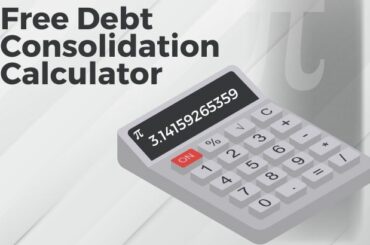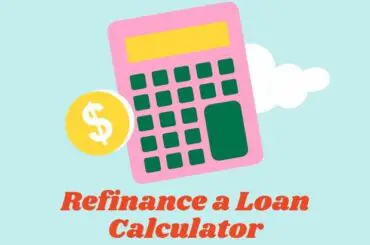Information presented on this web page is intended for informational and educational purposes only and is not meant to be taken as legal, financial, investment or tax advice. We do not accept any responsibility for any trading or investment related losses. Please review our disclaimer on before taking action based upon anything you read or see.
Knowing how many payments you’ll have to make on your credit card can help you plan more financially. But it can also be a little overwhelming if you’re unsure what other consumers are experiencing. However, there are only so many ways to explain this information. But understanding how many payments you’ll have to make each month is an essential detail that every card user should know. That way, you can analyze how much value your card offers and what type of interest rates and terms you could expect from other cards in the future. This number of payments on credit calculator will help you a lot.
Number of Payments on Credit Calculator
How Many Payments Are on a Credit Card?
Credit card companies, banks, and retailers offer a variety of credit card sizes and lengths. But the most common cards offer a low introductory period followed by a higher monthly payment. Some cards allow you to spread out the payments, while others charge you one amount each month.
And while it’s a fairly common practice, it’s important to note that some card issuers charge you additional fees if you don’t make payments on time.
Once you know how many payments you’ll have on your card, you can also better understand other credit card aspects, like the interest rates, the balance amount, and the loan length. All these factors will help you better understand your credit card, which is an important part of financial well-being.
How to Calculate the Number of Payments
You’ll have to make an additional monthly payment if you’re carrying a balance. So you first need to know the total payments you’ll have to make. Next, you need to find out how long it will take to pay off the balance. There are a few ways you can do this.
Looking at your credit card statement and total the monthly payments is easiest. This will give you an idea of how long it will take you to pay off the entire balance. For example, let’s say you have a card that charges a $500 balance with an ongoing monthly payment of $35.
If you pay this off in 10 months, you’ll have to make 11 payments. That can help you better understand how many payments you’ll have to make.
What Is the Average Number of Payments on a Credit Card?
This is probably the most important number you need to know. It’s the average number of payments that most consumers will have to make on their credit cards.
Many credit card companies offer cards with an introductory period that includes 0% APR for a longer time. When the introductory period ends, the customer is responsible for paying interest on the entire amount owed.
While it’s important to know your payment amount and how long it will take you to pay off the balance, the average number of payments is critical. It can help you better understand your credit card and how much interest you’ll have to pay in the future.
The Total Amount of Payments on a Credit Card
This number is important because it gives you an idea of how much you’ll pay in interest over the life of your loan. First, find out how much you have to pay in total. This can be found on your credit card statement or the credit card company’s website. Now, find the amount of interest you’ll have to pay on that amount. This is typically found on your credit card statement or the credit card company’s website.
The Average APR for Purchases and Balance Transfers
There are two key factors you should know about regarding the average interest rates on credit cards. One is the interest rate you’ll pay on your balance transfers. The other is the interest you’ll pay on purchases. Here are the average interest rates for both types of transactions:
The Average APR for Balance Transfers Only
This is the average rate you’ll pay on your balance transfers. It’s important to note that the average interest rate is across credit cards. Some card companies charge a lower rate for balance transfers. Others don’t charge interest on these transactions at all.
Because of this, it’s crucial to know what interest rate your card charges. Even though the average interest rate for balance transfers is a key number, it’s not enough information. It’s important to know how good that interest rate is.
If you’re planning to transfer a large amount of money from another credit card and don’t care about the average interest rate, that’s fine. But you should also know the minimum amount to be transferred.
The Total Amount of Interest Charges on a Credit Card
This number is important because it gives you an idea of how much you’ll pay in interest over the life of your loan. First, find out how much you have to pay in total. This can be found on your credit card statement or the credit card company’s website.
Now, find the amount of interest you’ll have to pay on that amount. This is typically found on your credit card statement or the credit card company’s website.
Summary
Understanding how many payments you’ll have on your credit card can help you better analyze the value your card offers. It can also help you identify the best cards for your financial situation.
You should also know the average APR for purchases and balance transfers, the total amount of payments and the average number of payments. These details can help you better understand your credit cards and how much interest you’ll have to pay in the future.





